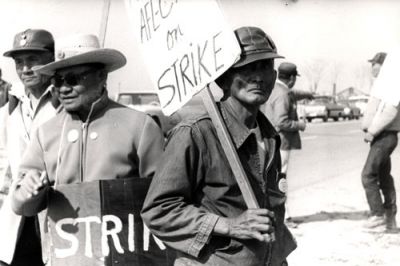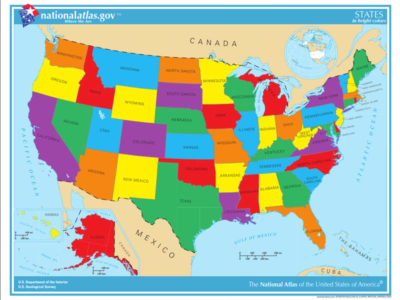Community Benefits from Climate Infrastructure Investments
Tracking Investments Under BIL and IRA
Community Benefits tools, including Community Benefits Plans (CBPs), Community Benefits Agreements (CBAs), Host Community Agreements, and other variations are tools that can accompany infrastructure investments and bring benefits to communities that host those projects. There are different drivers that result in the use of community benefits tools and the tools employed (i.e., agreements, plans, etc) vary in their enforceability, who is party to them, and other factors. We explored these in a report CLEE released last year that examined the use of community benefits tools in energy projects.
Community Benefits Plans
Community Benefits Plans are not legally binding documents, but outline how a project will deliver benefits to a community. Nearly all projects funded by the Bipartisan Infrastructure (BIL) and Inflation Reduction Act (IRA) required submission or preparation of a Community Benefits Plan (CBP). CBPs are not legal agreements, but – in the case of DOE – were intended to address four key priorities: community and labor engagement, investing in quality jobs, advancing diversity, equity, and inclusion, and implementing Justice 40.
The fate of CBPs in the Trump Administration remains murky and has been subject to Executive Order and litigation. The Trump Administration initially ordered that work on CBPs be ceased but recently rescinded that order. In that rescission, DOE indicated that activities related to CBPs in BIL and IRA projects are voluntary.
What are the Benefits in These Plans?
While the fate of CBPs plays out, it is important to actually take a look at what these plans are and what they include. A Berkeley Law student collected information on over 630 of these projects. The Center for Law, Energy, and the Environment is hosting a map displaying information on each of these projects.
Based on an initial review of the community benefit plans associated with these projects, we tabulated the range of benefits that these projects could deliver. Across, the 635 projects included in the map on CLEE’s website, we identified:
- Over 475,000 jobs that were retained or created
- 64 included project labor agreements
- 71 included collective bargaining agreements and 33 included community workforce agreements.
In addition to job reaction, these plans also included significant commitments to training and recruitment, including:
- 328 projects included training programs
- 195 included apprenticeship programs and 59 included pre-apprenticeship programs
- 268 included local recruitment and 258 had inclusive recruitments programs
Many of these projects also included community and oversight activities:
- 21 included good neighbor agreements
- 68 have community advisory boards
In short, based on this preliminary look, these plans have the potential to deliver significant workforce benefits, including training and apprenticeship programs, to host communities. In addition, they provide opportunities for community engagement and oversight of projects in their communities.
We will be digging into these plans in more detail and tracking implementation of these projects and community benefits plans. If you are interested in getting involved in this collaborative tracking project, please reach out to us at CLEE!
Want to Learn More?
If you want to learn more about community benefits frameworks and how they play out in the real world, in addition to a series of CLEE analyses, you can check out a tool from Columbia Law School. They have compiled information on 250 community benefits agreements in their Community Benefits Agreements Database. In addition, the World Resources Institute and Data for Progress have compiled a database of community benefits frameworks across the United States.
For more on how Trump Administration actions are affecting climate and environmental actions, you can explore the compilation of trackers on the CLEE website.








Reader Comments